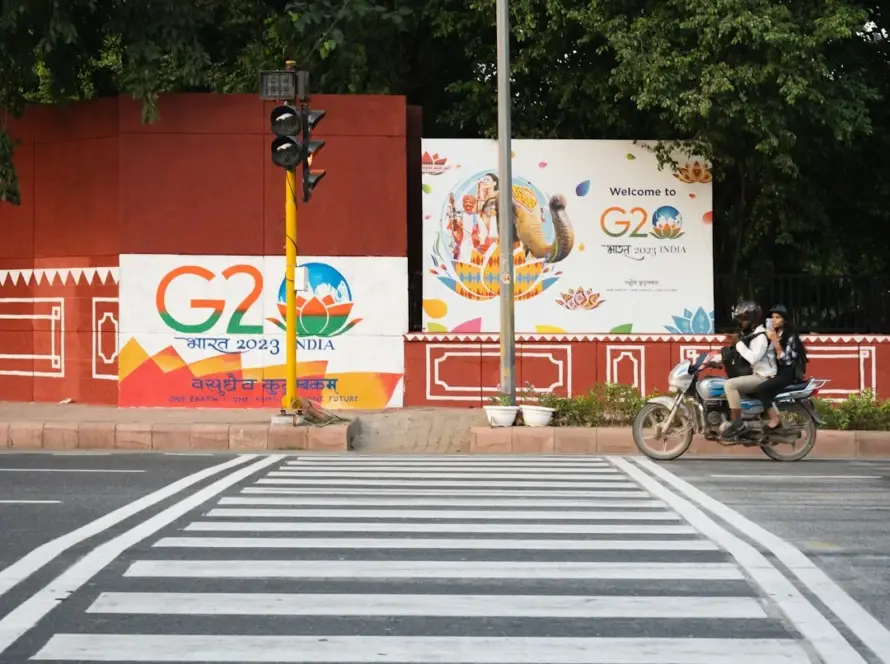Generated by Contentify AI

Introduction
India is a land rich in cultural diversity and heritage, with a history that dates back thousands of years. The country’s cultural tapestry is woven with a vibrant mix of traditions, languages, religions, art forms, and festivals. From the majestic architecture of ancient temples and palaces to the intricate designs of traditional clothing and jewelry, every aspect of Indian culture reflects a deep-rooted connection to its past. The fusion of different cultural influences over the centuries has given rise to a unique and multifaceted society that continues to captivate the world with its richness and diversity. India’s cultural heritage is a treasure trove of knowledge, artistry, and spirituality that has been passed down through generations, shaping the country’s identity and providing a glimpse into its glorious past.
Diversity of Languages and Dialects
India’s cultural landscape is a mosaic of languages and dialects that reflect the country’s diverse heritage. With over 1,600 languages spoken across the nation, India is a melting pot of linguistic traditions. Each language carries its own history, literature, and nuances, contributing to the rich tapestry of Indian culture. From the Dravidian languages of the south to the Indo-Aryan languages of the north, the linguistic diversity of India is a testament to the country’s pluralistic ethos. The coexistence of multiple languages and dialects has fostered a sense of unity in diversity, showcasing India’s ability to embrace and celebrate its varied linguistic heritage. The linguistic richness of India is not only a means of communication but also a reflection of the deep-rooted cultural legacy that continues to thrive in the modern world.
Ancient Traditions and Festivals
India’s ancient traditions and festivals are integral to its cultural heritage. These traditions have been passed down through generations, shaping the customs, beliefs, and values of the Indian society. From the elaborate rituals of worship at temples to the vibrant celebrations of festivals, such as Diwali, Holi, and Navratri, every aspect of Indian tradition reflects a deep reverence for history and spirituality. These traditions serve as a link to the past, connecting modern-day Indians to their ancestors and the rich cultural legacy that defines the country. Festivals, in particular, play a significant role in showcasing the diversity and unity of India, bringing people together in joyous celebrations that honor both tradition and innovation. The ancient traditions and festivals of India are not just events; they are expressions of a cultural heritage that continues to thrive and evolve, embodying the essence of the country’s cultural richness.
Influential Indian Artists and Authors
Influential Indian Artists and Authors
India has been home to some of the most influential artists and authors in the world, whose works have left an indelible mark on the cultural landscape of the country. From the timeless poetry of Rabindranath Tagore to the revolutionary paintings of Raja Ravi Varma, Indian artists have captured the essence of the nation’s rich cultural heritage through their creative expressions. These artists and authors have not only shaped the artistic and literary traditions of India but have also influenced global art and literature with their unique perspectives and innovative creations. Their works reflect the diversity, complexity, and beauty of Indian culture, providing a glimpse into the soul of a nation that is steeped in history and tradition. Through their art and writings, these visionary individuals have preserved and celebrated the rich cultural heritage of India, ensuring that it continues to inspire and resonate with audiences around the world.
Architectural Marvels and Historical Sites
India’s architectural marvels and historical sites stand as testament to the rich cultural heritage of the country. From the majestic forts and palaces of Rajasthan to the intricate carvings of the temples in South India, each structure tells a story of India’s glorious past. The architectural styles found across the country showcase a fusion of influences, from the intricate Mughal architecture of the Taj Mahal to the ancient rock-cut caves of Ajanta and Ellora. These sites not only serve as architectural wonders but also as repositories of history, art, and culture, reflecting the diverse traditions and craftsmanship that have flourished in India over the centuries. Visitors to these sites are transported back in time, experiencing firsthand the grandeur and splendor of India’s architectural and historical legacy. The preservation and celebration of these sites are essential in ensuring that future generations can continue to appreciate and learn from the rich cultural heritage of India.
Conclusion
India’s cultural heritage is a tapestry woven with a vibrant mix of traditions, languages, religions, art forms, and festivals. The fusion of different cultural influences over the centuries has given rise to a unique and multifaceted society that continues to captivate the world with its richness and diversity. The intricate designs of traditional clothing and jewelry, the majestic architecture of ancient temples and palaces, and the ancient traditions and festivals all reflect a deep-rooted connection to India’s past. The linguistic diversity, the influential artists and authors, the architectural marvels, and historical sites all stand as testament to the deep cultural roots of the country. These elements collectively showcase the depth and richness of India’s cultural heritage, providing a glimpse into its glorious past and shaping its identity in the present day.



